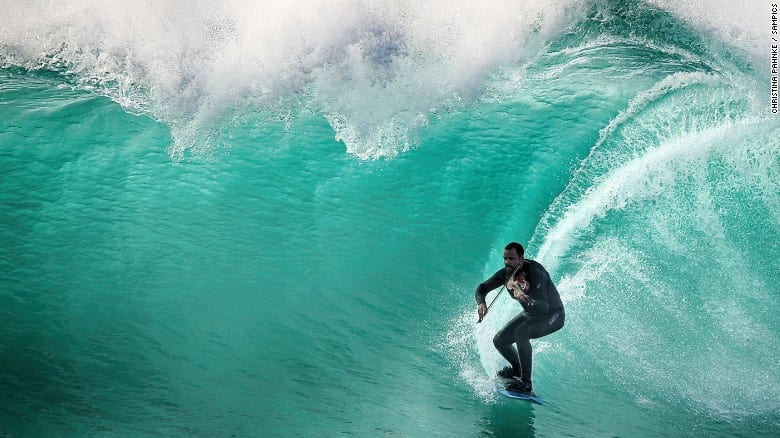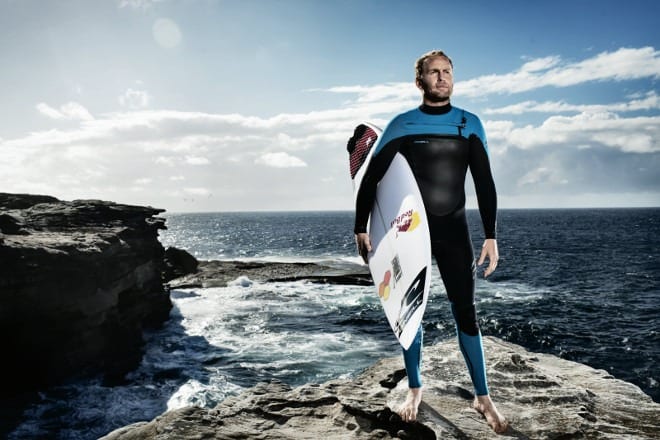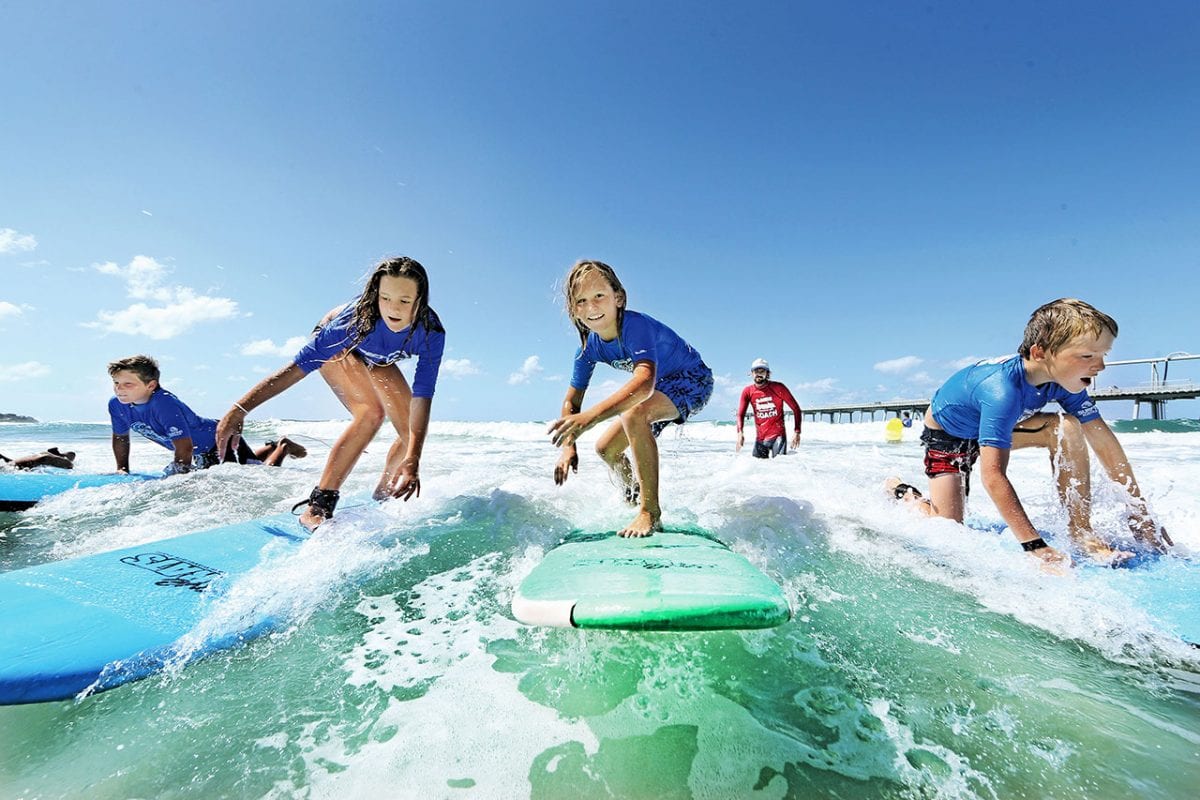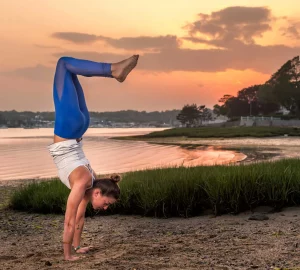“The best surfer out there is the one having the most fun.” – Phil Edwards.
Although surfers ride the waves for a few seconds, they all value these precious seconds of traveling the water surface. A lot of people think about taking surfing lessons to feel the same, despite knowing that it is such hard work.
Surfing is a challenging sport and is quite addictive. It is a total body workout that also affects your mind and can change your mood for the better. As you ride the waves, you will enjoy the adrenaline rush which can help you forget about your daily stress. The ocean water is also known to have a positive effect on your physical and mental health as it helps to release negative energy. You can never predict what will happen next so you can enjoy the thrill.
But getting on top of your first surfboard might be a bit intimidating. You don’t know what to expect or how you should behave. Here are 5 things that you need to know before your first surf lesson:
Dress Right
Surfing will shape your body and give you the muscles you’ve always wanted. But the surfboard might not be the right place to show them off. If you are going to swim in cold water, you will have to wear a wetsuit. Some wetsuits are 5 millimeters thick and they will keep your body warm in the extremely cold water. Wetsuits are medium flexible and keep your body warm by letting the water in. They fit different sizes and you can also wear your favorite swimsuit underneath.

If the water is warm enough, you might not have to worry about your wetsuit. A rash guard is a must if you are wearing a bathing suit because otherwise, your skin will rub against the board the entire time. You need to also make sure that you are wearing sun protection even if the weather is cold. Being exposed to the UV rays for long periods of time damage the skin cells in the long run. A little sun protection goes a long way. You will still get that lovely tan but your skin will stay healthy.
You will Have to Swim
Although technically, you will be on your surfboard most of the time, you need to have some basic swimming skills. A surfer should be confident enough to let go of the board when needed and swim safely to the shore. You will probably not have to surf alone at the beginning but you need to be able to trust your own skills if things become more challenging.
Surfing lessons are rarely provided to people who can’t swim. Most surfers are required to show that they can comfortably swim 3 or 4 times the length of a typical swimming pool. The stronger you are at swimming, the faster you will learn how to surf. However, being a good swimmer doesn’t mean that you can learn surfing on your own. Surfing on your own might get you injured. You might also put others in danger if you are not experienced enough. You will have to do some exercises for surfing preparation before you get into the water. They will warm up your muscles for the workout that will follow.
A Good Teacher Spends Enough Time on Land
This is a surfing lesson and you will have to spend your time in the sea or ocean. But you will be surprised at the amount of time that you actually have to spend on land. This land time is the time to research the topic and ask questions. You can have proper assistance when you pick the right surf coach. You can ask questions about tides, wind, and the best times to surf. Every question your teacher answers is going to come in handy when you are on your own.
Picking a good teacher is going to guarantee that you will have your back covered when you are surfing. He or she will be right next to you when you are hitting the waves for the very first time. If you are still a college student, no need to worry for your paper works, as professional teachers can do homework for you while you are on vacation. An experienced instructor will also teach a lot of techniques on land before you get onto the surfboard. Practicing the pop-up motion is typically done on land. This will teach you how to get onto the board and start to find your balance. This technique is definitely easier to do when you are not in the water. By repeating it several times, it will start to feel more natural and less challenging. This means that you will be able to nail it successfully when you are in the ocean so you can better focus on balancing.
Picking the Right Board is Crucial
Beginners can get away with any long or thick board. The thicker the board the easier it is to use. It will be easier to paddle, to stand on and to balance on. Thinner boards are designed for pros who know how to maintain their balance easily. They might look more appealing but a big one will allow you to catch more waves easily. A wide board gives your legs more room to balance. You will start with placing your hand and as you let them go, you will be able to stand with no problems whatsoever.
Soft-top boards are very popular among first-time surfers. A high-quality surfboard is a great investment because it is going to last a long time. There are hundreds of designs and colors so you need to pick something that you personally like and feel comfortable with. It is going to be an expression of your own style. However, you need to make sure that you are maintaining your surfboard properly to guarantee that you can safely use it on your next surfing adventure.

Give Yourself Time
You shouldn’t expect to be the best surfer after a couple of lessons. It takes time, effort and a lot of practice to be able to surf like a pro. All you have to do is to make sure that you are well prepared for your surfing lesson and give it your best.

There are certain breaks that are typically easier for beginners. The type of break you want to surf will affect your tide selection. You can ask your teacher or a lifeguard if you should try to surf. You should also avoid surfing with the experts. Experienced surfers will be able to surf more challenging waves and it might be overwhelming if you try to do what they can do. Being a beginner means that you are prone to making a lot of mistakes. Embrace them and learn from them. You will get better by time.
No matter what you do, always remember to have fun. Unless you are enjoying every second of it, then you are probably not doing it right. There are a lot of amazing places around the world where you can practice your new hobby.








